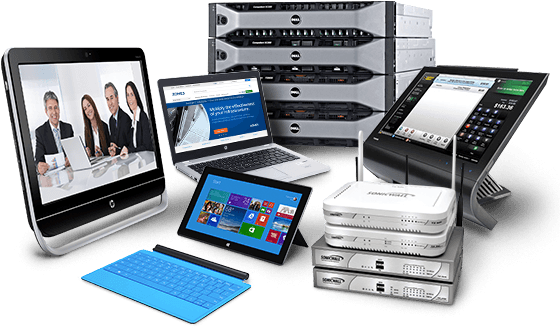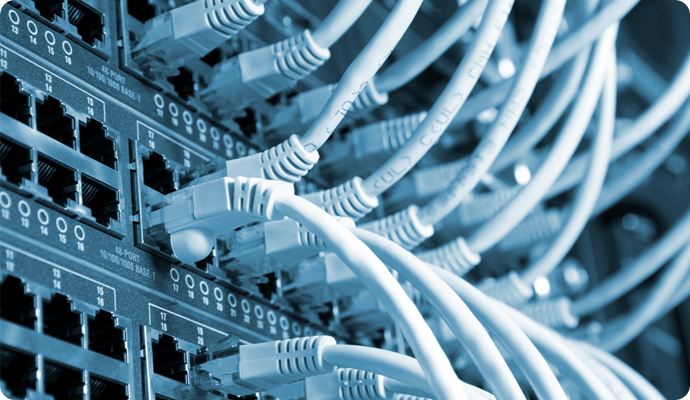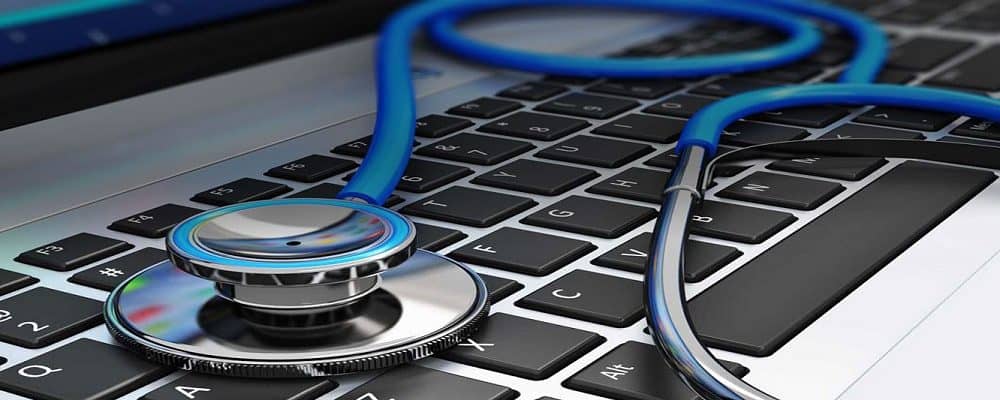Has your business carried out a complete IT health check recently? If not, you could be missing out on an opportunity to not only eliminate potential issues before they pose a serious problem, but also to discover how you could be enjoying more efficiency from your technology.
Not sure what’s involved in an business IT health check, or how to go about undertaking one for your existing infrastructure? Read on to find out…
What Exactly is an IT Health Check?
 In short, exactly what it sounds like; a fully comprehensive check-up on your entire business IT infrastructure.
In short, exactly what it sounds like; a fully comprehensive check-up on your entire business IT infrastructure.
Think of a time when you may have undergone a complete medical examination at your G.P’s office. By carrying out that examination, your doctor was likely to answer several questions about you and your body, including:
- Are there any major issues that need addressing immediately?
- Are there any smaller, underlying problems that could pose a serious problem if they’re not dealt with soon enough?
- Are there any areas which could improved so that we can enjoy healthier, happier, and more productive lives?
An IT examination looks to answer similar questions about your hardware and software, whilst also addressing concerns that are unique to businesses, such as:
- Is there are any scope for saving money on IT without compromising on the level of productivity?
- Are there new products, services, or features that would allow us to carry out the same tasks faster, better, and more effectively?
- How can we better use our technology to provide even greater value for our customers?
Which Parts of my Business’ IT Infrastructure Are Included?
 Ideally all of them. From the biggest piece of physical hardware to the smallest software package, every part of your system and every piece of technology should be given a thorough evaluation by fully qualified IT specialists.
Ideally all of them. From the biggest piece of physical hardware to the smallest software package, every part of your system and every piece of technology should be given a thorough evaluation by fully qualified IT specialists.
At Pacific Infotech, we find that the most efficient process is to divide the health check into five key areas.
These are as follows:
Physical Hardware
As the most expensive and maintenance-intensive resource in your business, it makes sense to begin with a full assessment of your physical hardware, including, but not limited to:
- Desktop machines
- Servers
- Server and Comms rooms
- Peripherals
- Other mission critical hardware.
These components should be assessed based on current performance/cost ratio.
- Are you spending more money on server maintenance or upgrading your desktop computers than you really need?
- Are there measures you can put in place to increase the lifespan and improve the performance of your hardware so that you can avoid expensive upgrades?
- Could brand new equipment be doing a much better job at helping you grow your business than your current hardware?
These are all questions that should be applied to each vital component of your infrastructure.
Software
- Is your current software slowing you down? Are there upgrades, patches, or entirely new versions that could be helping you and your staff to work more efficiency?
- Could you benefit from moving away from traditional desktop software packages and utilizing cloud applications like Microsoft Office 365 or Adobe Cloud?
- Are you still running an out-of-date operating system which could be putting your entire system at risk of a security breach or other major disaster?
Keep these things in mind when analysing your current software packages, and also keep in mind any areas of desktop maintenance that you could improve to keep your system as a whole working better for longer.
IT Network
 As the very heart of your organisation, your IT network should be given special attention to ensure that it is adding value to your business, rather than draining your resources.
As the very heart of your organisation, your IT network should be given special attention to ensure that it is adding value to your business, rather than draining your resources.
At the very minimum, time is worth spending on server maintenance, with a complete defrag and fault diagnosis being carried out to identify potential and existing issues. Access control, ongoing performance and storage solutions should also be looked at.
Security and Disaster Recovery Strategies
- What would happen is there was a fire or other disaster at your premises? Would you be able to get back up and running and providing value for your customers?
- How quickly could you recover from data theft or other kind of security breach?
Evaluating your existing disaster recovery strategy should play an important role in your IT health check. This is your opportunity to discover vulnerabilities in your plan and incorporate necessary improvements, as well as ensuring that your antivirus software, firewalls, and malware/spyware protection are all up-to-date and working correctly.
IT Support
On a similar note, it’s important to consider how you’d recover from both minor and major It incidents, and whether you have access to the expertise needed to carry out desktop and server maintenance, ongoing upgrades, and other vital tasks.
If staff work evenings or weekends, are they covered by out-of-hours IT support? A good health check should be able to point out any areas where you may lack adequate support provision, and suggest ways to ensure you and your teams are well covered at all times.
Free IT Health Check from Pacific Infotech
If all that sounds too overwhelming, don’t worry, help is at hand. Pacific Infotech are currently offering completely free IT health check services for UK businesses, carried out onsite at your location.
Contact us online today to book yours, or for more information, speak to a member of our team by calling 020 313 76707.



